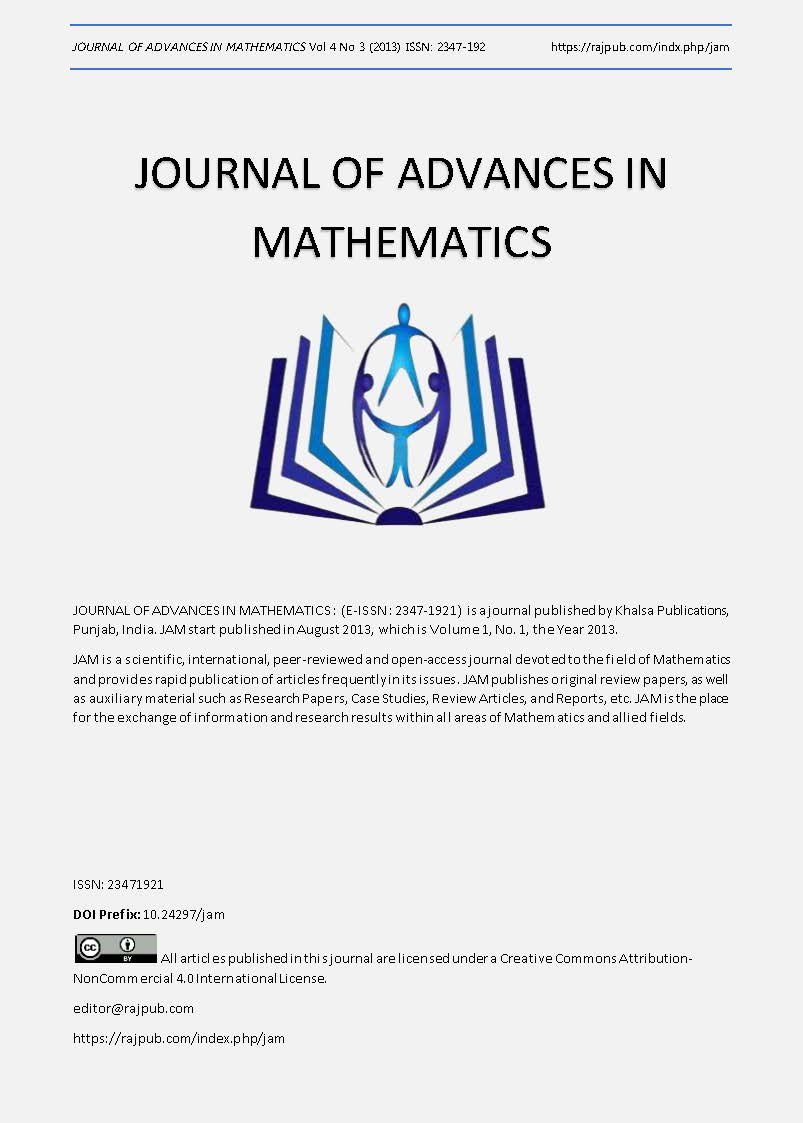Complexity Study and Chaos Control in a Prey-Predator System
DOI:
https://doi.org/10.24297/jam.v4i3.3699Keywords:
Random shock, Lyapunov exponents, topological entropy, bifurcation, correlation dimension.Abstract
A prey-predator system has been investigated with the application of random shock. Since the fluctuations of populations are random, the applied shock is also assumed like a random noise. To study complexities during evolution, numerical simulations have been carried out for both cases, without shock and with shock. Stabilities of fixed points have been discussed for both the cases. Also, bifurcation diagrams for both the cases have been drawn by varying a parameter while keeping other parameters fixed. Numerical calculations have been extended to obtain plots of Lyapunov exponents and topological entropies as the measure of complexity in the system. It has been observed that the random shock has little impact to reduce the chaotic motion in the system. Then, certain periodic changes in a parameter have been allowed to some extent,this results in bringing the system from chaos to regularity. Such changes may happen naturally in a prey-predator system and so there exists the possibility of coexistence. The chaos indicator DLI has been used for clarity in detection of regular and chaotic motion. Finally,the correlation dimension for the chaotic set has also been calculated for certain set of parameter values.
Downloads
Downloads
Published
How to Cite
Issue
Section
License
 All articles published in Journal of Advances in Linguistics are licensed under a Creative Commons Attribution 4.0 International License.
All articles published in Journal of Advances in Linguistics are licensed under a Creative Commons Attribution 4.0 International License.








